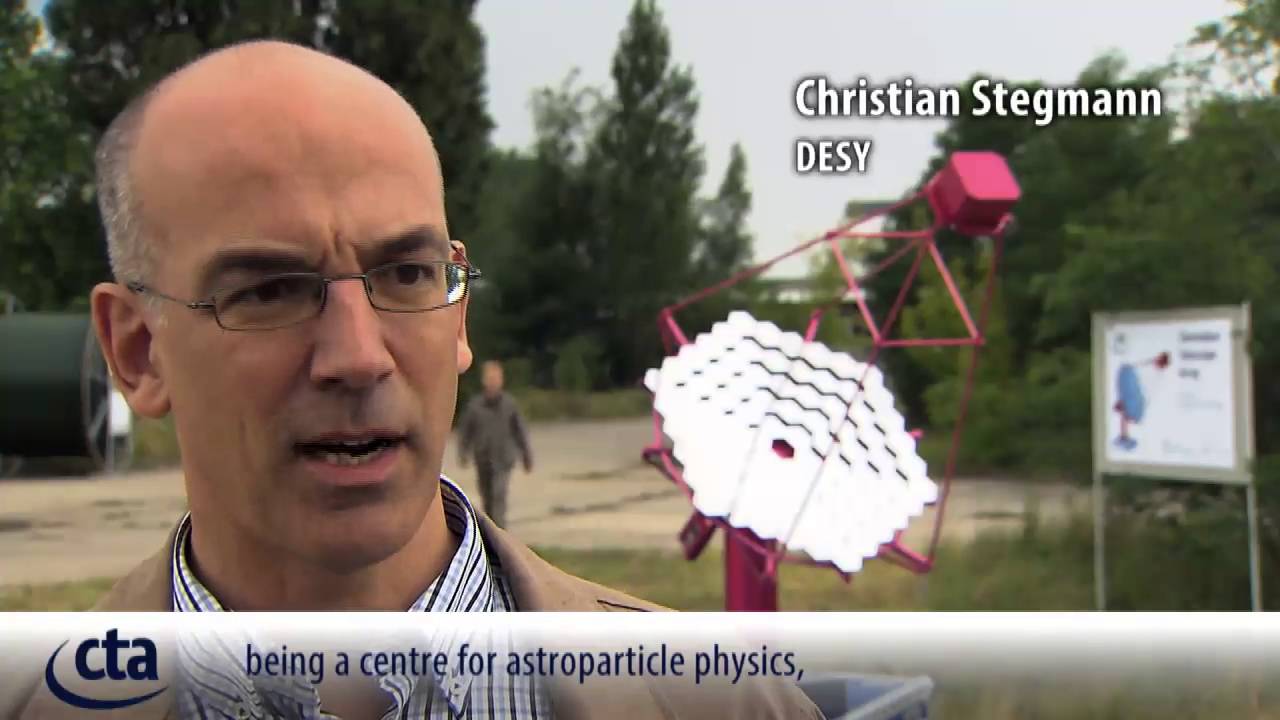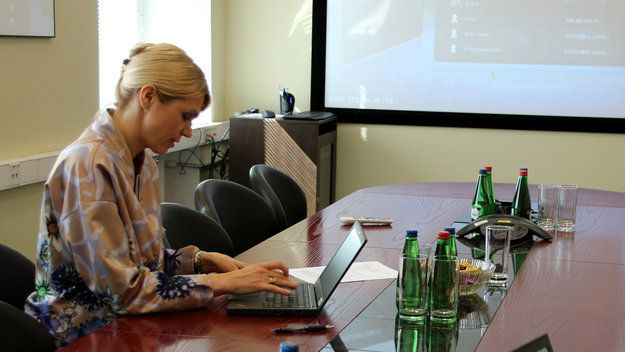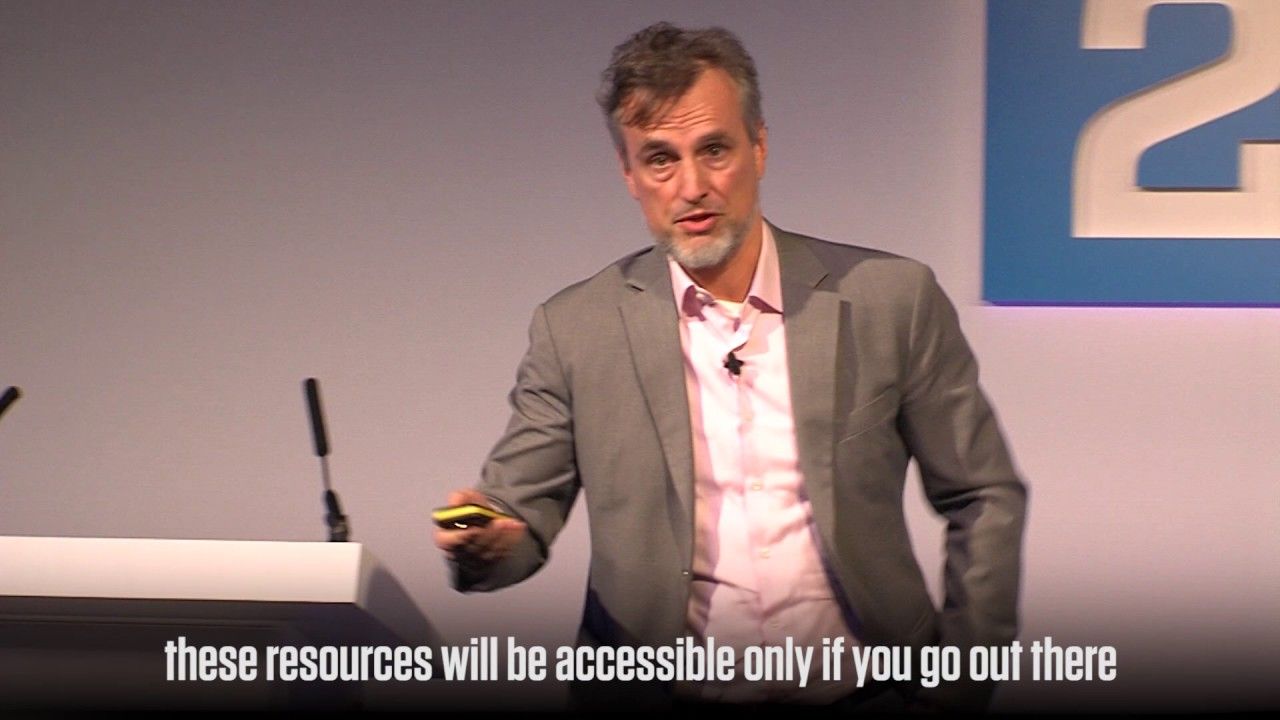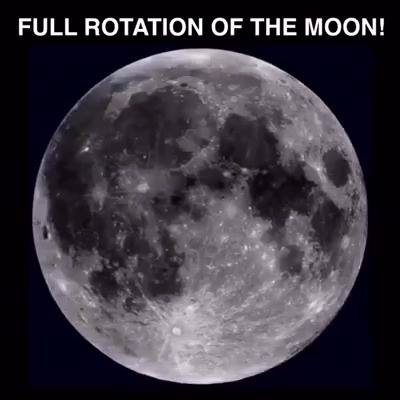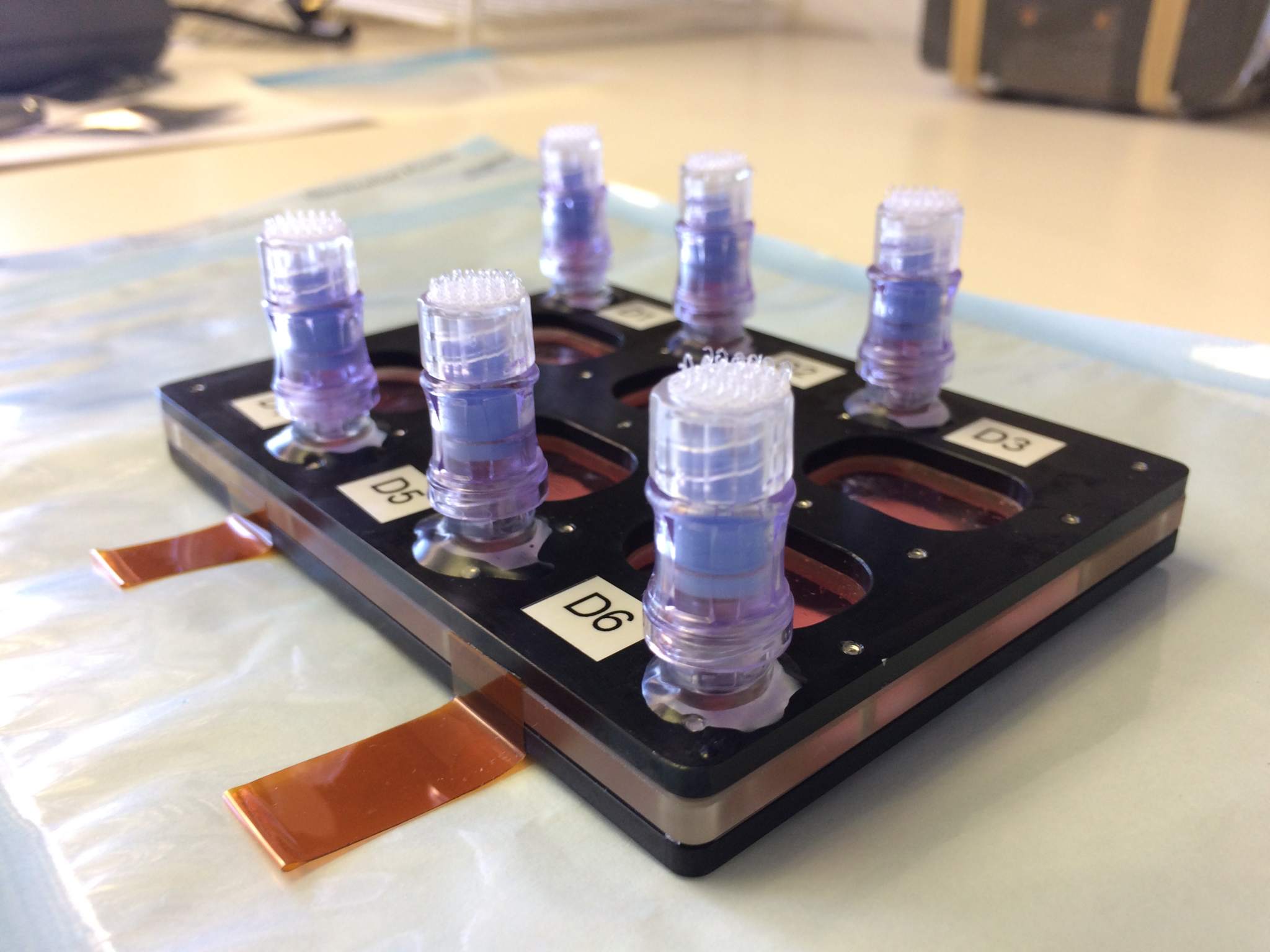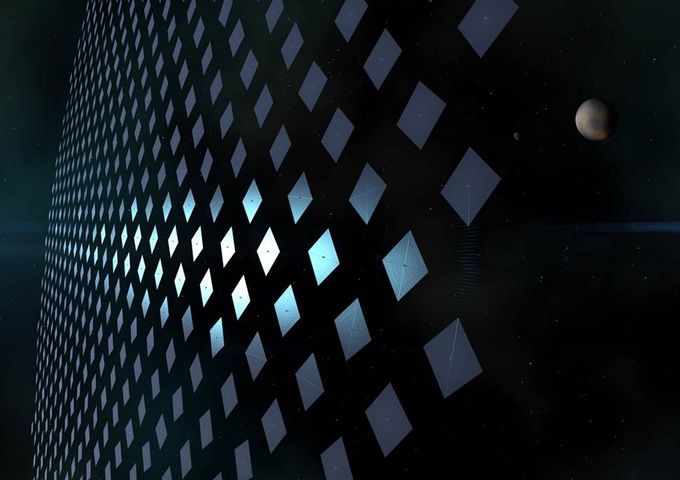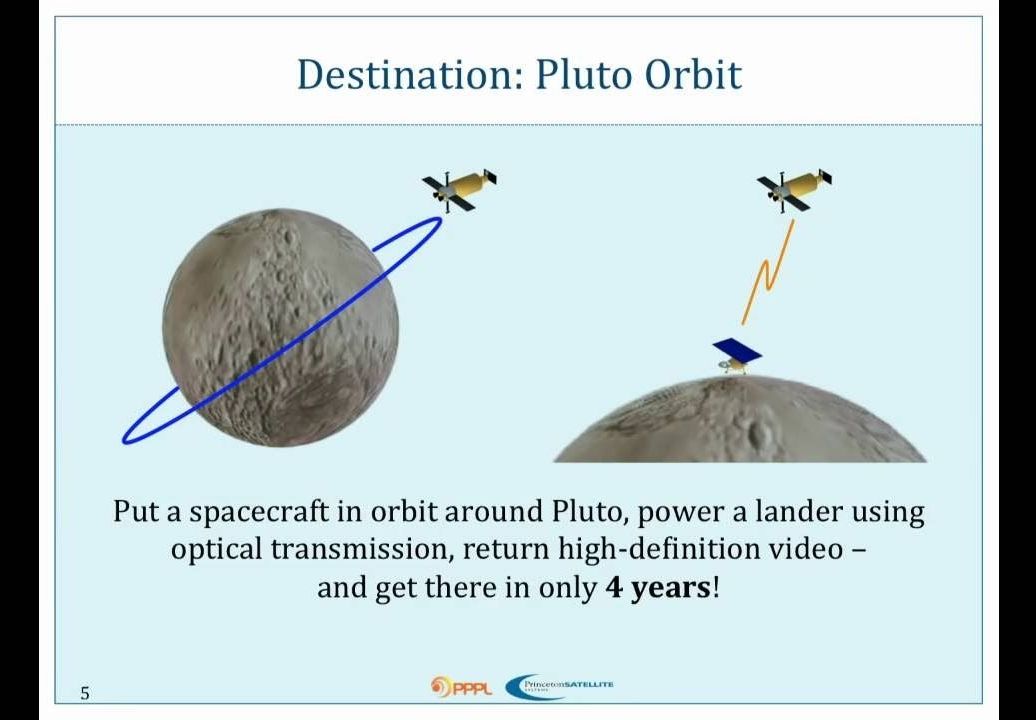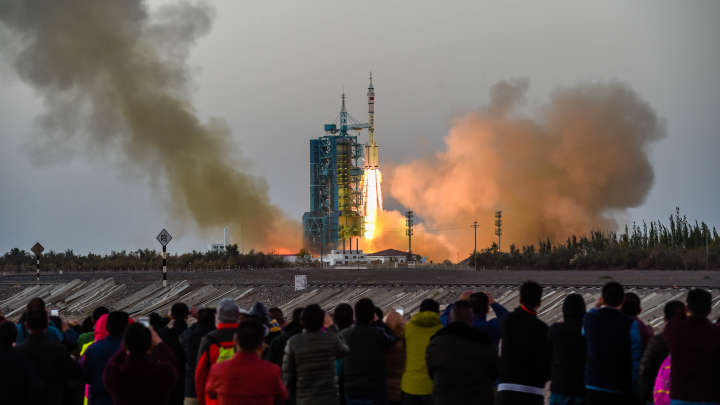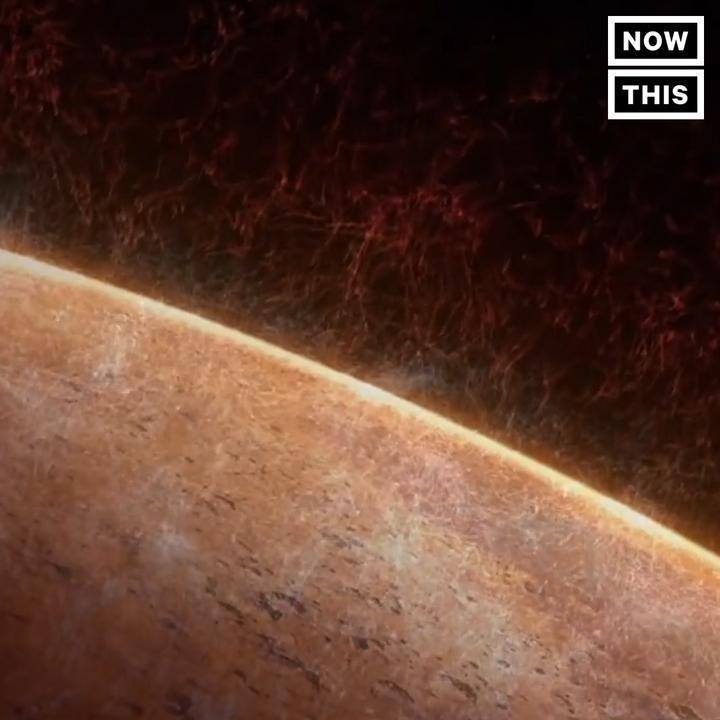As part of of ESA’s 268th council on 13 June, Urve Palo, Minister of Entrepreneurship and Information Technology of the Republic of Estonia, and Jan Woerner, ESA Director General, digitally signed a Memorandum of Understanding on Information and Communications Technology collaboration. It is the first digital signature performed at ESA.
“I am happy to see that the digital signature has found its way to the European Space Agency,” noted Ms Palo. “I and every other Estonian use it on a daily basis, saving up to five working days per year by this solution.”
“Estonia is proud to share its experience in digital management and e-governance with ESA and to contribute with this strength to the evolution of the European Space 4.0 endeavour. The next step would be to take e-state solutions to space and be part of the development of the Moon Village.”
Read more
